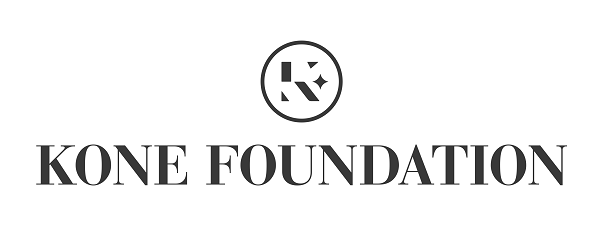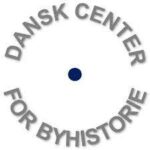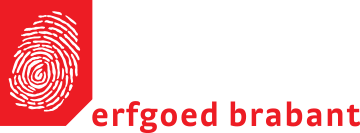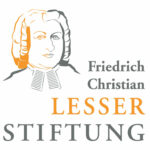Map of premodern European transport and mobility
Roads, Rivers, Routes
The long-distance trade contributed a major part to the expansion of trade during the so-called commercial revolution of the 13th and 14th centuries. Contemporaries knew that merchants de Orientali abundantia replerent Occidentalem inopiam; et e contrario, de Meridionali abundantia replerent Septentrionalem inopiam (fill from the surplus of the East the destitution in the West, and from the surplus in the South the destitution in the North, 12th century, pseudo-Beda), that means: trade based on the movement of physical goods.
What will be the Outcome?
The main goal of the Roads-Project is to provide a digital map of precise routes of transport in Northern Europe between 1350 and 1650. The GIS-based map will offer possibilities to estimate times of travel, to find the shortest way or other itineraries that include as many fairs on the way as possible, in short: It will provide means to perform a geographical network-analysis. Open Source – of course!
The map is connected with an SQL-based database that includes information on more than 9000 places ranging from toll stations over harbours and towns to fairs. Where possible the dates of the fairs are provided, while in general all elements should come with a timestamp, thus offering accurate spatiotemporal data.
In short: The Roads-project deals with premodern transport-infrastructure while at the same time providing in itself the infrastructure for future research in economic history.
Get a quick insight with our short presentations at the Viabundus-Launch-Event on April 19 2021
Welcome by Project Coordinator Angela L. Huang
About the Project in general by Project Coordinator Niels Petersen
The Elements of the Map and the methodological basics explained by Regional Specialist Nina Dengg
Dive into the Map and its features with Regional Specialist and Database Coordinator Bart Holterman
The Partners, their Tasks and their Sponsors
The project is a collaboration of different regional groups that bring their own funding. It is being represented by the Forschungsstelle für die Geschichte des Hanseraums und der Ostsee FGHO (Lübeck) and the Institut für Historische Landesforschung der Universität Göttingen. Important decisions and the setting of standards are being made jointly by all partners.
The technical backbone is being developed and provided by the Göttingen based institute. The research on routes through Lower Saxony is being conducted here, as well. This part is being funded by the Land Niedersachsen (Pro*Niedersachsen) 2019-2021. See the project description here.
Research on Saxony-Anhalt and Thuringia is being undertaken by the Institut für Gesellschaftswissenschaften der Otto-von-Guericke-Universität Magdeburg, Bereich Geschichte, Lehrstuhl für die Geschichte des Mittelalters. This part is being funded by the Friedrich-Christian-Lesser-Stiftung (2019-2020). See the project description here.
The routes and towns of Denmark are the focus of the Moesgaard Museum, Aarhus, in collaboration with the Institut for Kultur og Samfund, Aarhus Universitet. This part is being funded by Kulturministeriets Forskningsudvalg, the Danish Ministry of Culture. See the project description here.
The group that covers the Netherlands is being supported by RICH – the Radboud Institute for Culture and History.
Viabundus Finland started in February 2022 and runs for three years. See Details here.
Other regions, especially the European East and Western Scandinavia, need further research and we are looking for partners here. We encourage everyone interested in a cooperation to contact us, even if their regions are not directly connected to the current map extent!
In our Blog you will find updates on the progress of the project, aspects of methods and software and topics thematically related to premodern transport.







